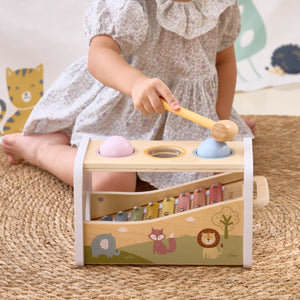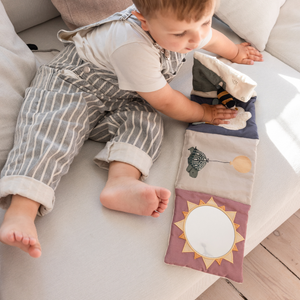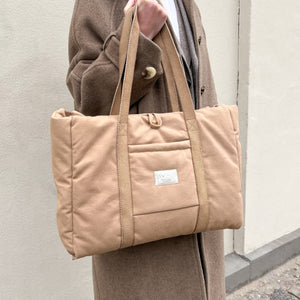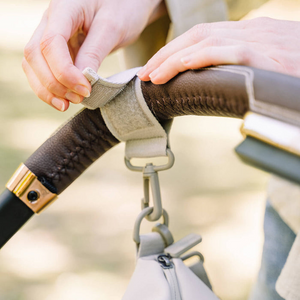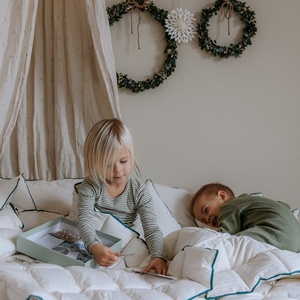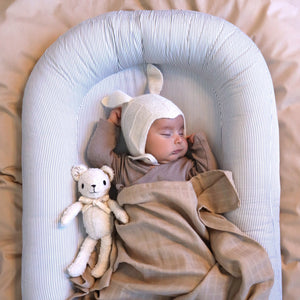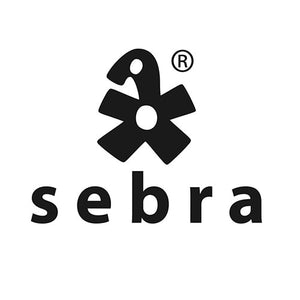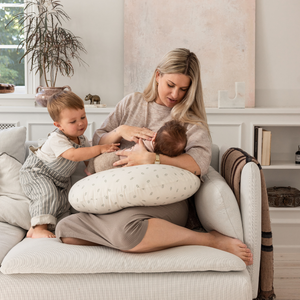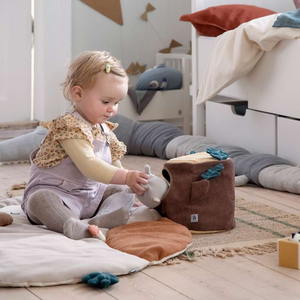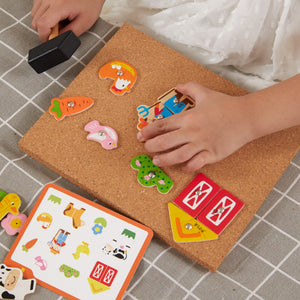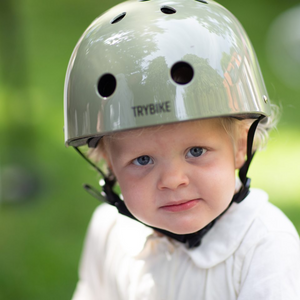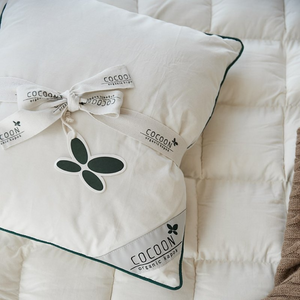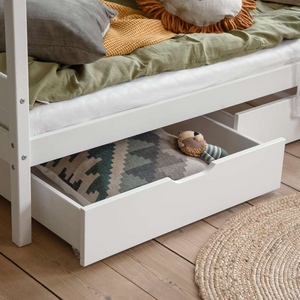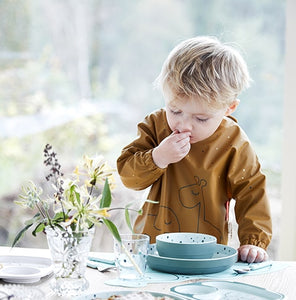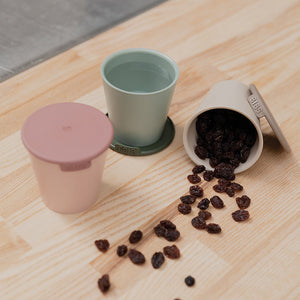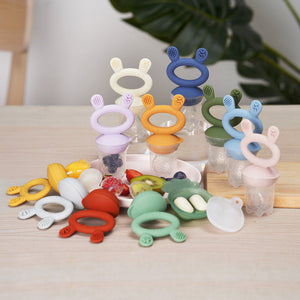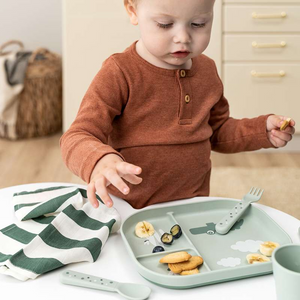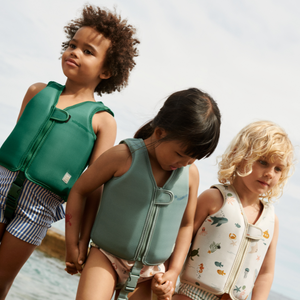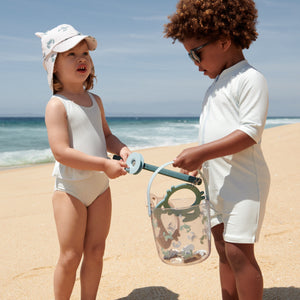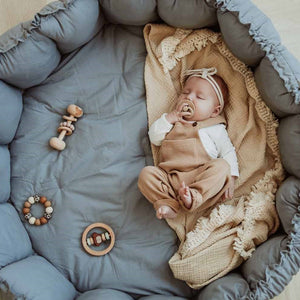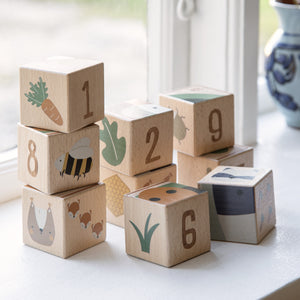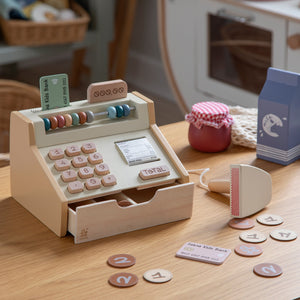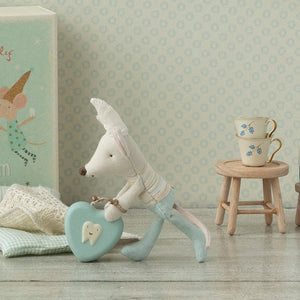As you probably already know, most children possess a natural curiosity and a go-getter attitude, where the home is particularly a fantastic "playground" for them to explore this curiosity. However, this can sometimes lead to accidents of varying severity if the home is not sufficiently childproofed. It is therefore a good idea to secure the child's home environment, so that the child does not get hurt, but just as much to avoid a daily life marked by prohibitions and sour faces. The home should be safe – but not boring for your child to move around in.
To help you ensure this, we have created a small guide on areas and objects in the home that you can relatively easily childproof.
Doors and Windows
Typical accidents that occur with doors and windows often affect the child's small fingers, as they risk getting pinched. Therefore, door stoppers or pinch guards will be the most optimal way to ensure that the door does not slam shut and pinch your child's fingers. Additionally, all doors should be locked and possibly have a latch installed, so that your child cannot go outside by themselves.
Accidents where children fall out of windows are among the most serious child accidents, as it can have consequences for the child's health. Fortunately, there is a lot you can do as a parent to avoid such accidents. Whether you live in a single-story house or in an apartment on the 4th floor, it would be a good idea to install a window lock on the windows, so that they can only be opened a few centimeters, thereby removing the risk of your child falling out. Additionally, it is always a good idea not to have furniture placed close to windows, as this way you reduce the risk of your child climbing up and gaining access to the window. Last but not least, you should never leave your child alone in a room with open windows.
Sharp Edges and Objects
Most homes often contain furniture with sharp edges and corners, which are often at a silly height for small children, and are therefore often the main culprit when it comes to a bump on the forehead or a scratch on the nose. However, you can easily reduce these minor injuries by installing corner protectors or rounded fittings on the sharp edges, so your child can safely run around and play in the house.
TIP: A GOOD AND A LITTLE FUN WAY TO INCREASE YOUR CHILD'S SAFETY IN THIS AREA CAN BE BY CRAWLING AROUND ON ALL FOURS YOURSELF AND LOOKING FOR POTENTIAL HAZARDS.
Regarding sharp objects such as knives and scissors, there are several things you can do for your child's safety. First and foremost, you can install a finger guard on the drawers so that your child does not get their fingers pinched. But if you want to completely prevent your child from accessing the drawers, you can install a drawer lock so that the little one cannot open it. This locking feature can also be useful for cabinet locks. Another option could also be to place the sharp knives in a knife block on the kitchen counter or on a wall magnet, which is out of your child's reach.
To avoid a total ban on all drawers, you might select one of the lower drawers containing utensils that your child is allowed to be near. This way, you can all be present in the kitchen and have cozy hours together.
Heat sources
It's not just sharp objects that should be secured from the kitchen area, but also various heat sources such as kettles, stoves, and ovens, as accidents with burns and scalding can occur frequently among small children. If you have a kettle or a coffee maker on the kitchen counter, there may be a risk that your child could pull on the cord and thus spill boiling water on themselves. The simple way to prevent this is to place heat sources and other large appliances at the back of the kitchen counter so that your child cannot reach them and pull them over the edge of the counter. You can also choose to use a cord holder that shortens the cord, making it harder for your child to get their hands on it.
Other heat sources that would be a good idea to child-proof are the oven, the stove, and not least the fireplace, as the child can also get burns here. As you may have experienced, a fireplace's glass plate can become extremely hot – in fact, so hot that you can burn yourself on it. This can be child-proofed with a so-called fireplace gate, allowing your child to move around the fireplace without getting burned. This also applies to the regular oven and stove, where such a gate can prevent your child from being able to turn on or adjust the temperatures of the oven and hotplates.
To prevent your child from burning themselves on the hotplates or on hot pots and pans, there are primarily two things you can do. If you only have a few pans and pots on the stove, it would be wise to use the back hotplates – thus out of your child's reach. But if you have many hotplates in use, it might be a good idea to invest in a stove shield that is placed on the edge of the stove, thereby shielding your child from burning themselves.
Electricity and long cords
As electrical accidents can be very serious, it is extremely important that the electrical installations in your child's home are secured throughout the house. Most children's curiosity is often directed towards the many outlets in the house, which means these should especially be child-proofed. As a general rule, children cannot get hurt by touching the outlet, but if they start experimenting with inserting various objects into the outlet, they can get seriously injured. The best way to child-proof the outlets is by obtaining outlet covers, which function as a kind of plug. These are easy to install and impossible for your child to remove. Feel free to use outlet covers in outlets that you don't use very often and are particularly located at your child's height.
Besides outlets, cords are also a temptation for small children, which is why it would be a good idea to secure the house's long cords to walls or baseboards. This way, you avoid someone tripping over them, but especially that your child can get their hands on them. Overall, you as a parent should ensure that all cords and lamps are in safe electrical condition.
Heavy furniture and stairs
In connection with your child's curious exploration, climbing on various furniture such as cabinets and shelves may also occur. This can be highly dangerous, as heavy furniture risks toppling over your child. To prevent this, it might be a good idea to invest in angle brackets or furniture anchors, which ensure that the furniture does not tip over when your child plays wildly. This also applies to your TV, which can easily be secured with TV safety straps.
The possibility of climbing also occurring on the house's staircase cannot be ruled out, which is why safety in this area should also be a focus. The stairs can indeed be dangerous for small children in their early years, as they may have difficulty navigating them and thus end up falling. To ensure that this does not happen, you can install a stair gate both at the top and bottom of the stairs, which is secured in the frame. However, some stair gates are better than others in terms of your child's safety. To increase safety, you should, first of all, choose a stair gate that can only be opened inward, as it will be more difficult for your child to open it. Secondly, you should avoid a folding gate, as your child can, for example, use it as a ladder and thereby climb over it.
We hope that this guide has made you a bit wiser on how you can best create a safe and secure home for your child
You can see all safety products from Mammashop right here!









